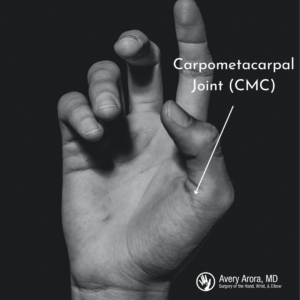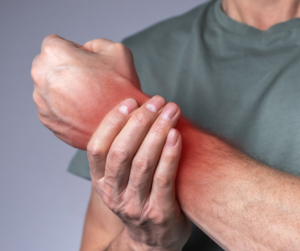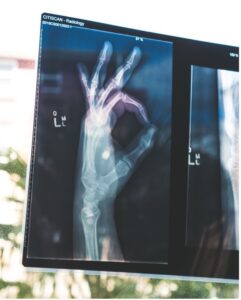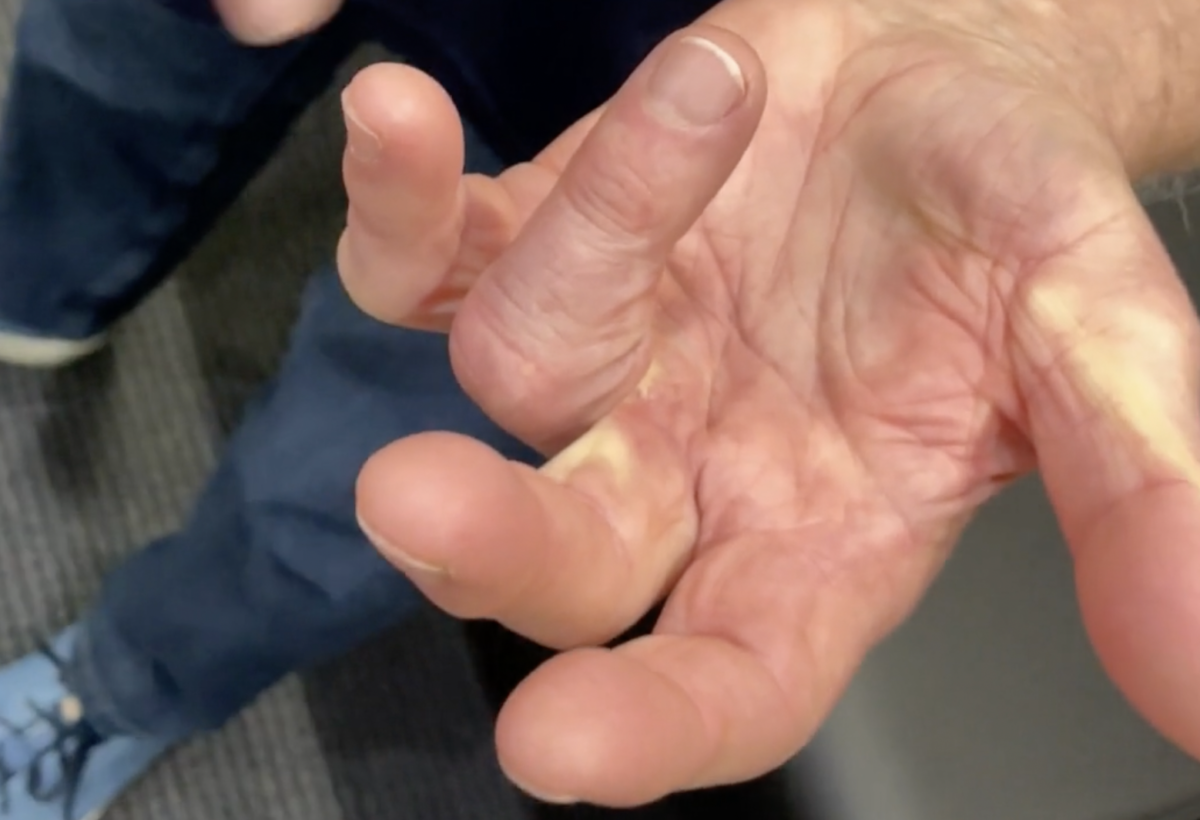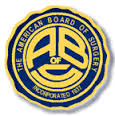Tendon injuries in the hand, wrist, or elbow can significantly impact daily activities and mobility – and boy do they hurt. These injuries, often stemming from overuse or a sudden trauma, require prompt attention and appropriate treatment to ensure effective recovery. But how do you know if you have a tendon injury in your hand, wrist, or elbow? Let’s take a look at the signs, symptoms, and treatment options for these types of injuries.
Causes of Tendon Injuries
Tendons play a crucial role in facilitating movement by connecting muscles to bones in the hands, elbows, and wrists. While overuse is a common culprit, sudden trauma or accidents can also lead to tendon injuries in these areas. Whether it’s from repetitive motions like typing or participating in sports like skiing, bowling, or even unexpected falls, the causes of tendon injuries can vary.
Identifying Tendon Injuries Symptoms
Recognizing the symptoms of tendon injuries is vital for timely intervention. These symptoms can manifest suddenly or develop gradually over time. Look out for signs such as:
• Pain
• Swelling
• Bruising
• Weakness
• Snapping or popping noise at the time of injury
• Difficulty moving the hand, wrist, or elbow
• Increased fatigue in the area of the injury during normal activities may also indicate a tendon issue
Potential Tendon Injury Complications
Ignoring tendon injuries can result in complications such as worsened pain, increased instability, or loss of function and range of motion in the affected area. Therefore, seeking prompt medical attention is crucial to prevent these complications from escalating.
Risk Factors and Prevention of a Tendon Injury
Certain factors, such as engaging in activities requiring repetitive hand, wrist, or elbow motions, previous injuries, aging, or smoking, can increase the risk of tendon injuries. While some injuries are unavoidable, adopting preventive measures like stretching before exercise, using proper technique during activities, and avoiding overexertion can help mitigate the risk.
Tendon Injury Diagnosis and Treatment
Consulting a hand surgeon such as Top Doc Avery Arora, MD is essential for accurate diagnosis and personalized treatment plans. Through physical exams and medical history assessments, doctors can determine the extent of the injury. Imaging tests like X-rays or MRIs may be necessary to assess the damage accurately.
Treatment options vary depending on the severity of the injury. While many tendon injuries can be managed with nonsurgical approaches such as rest, physical therapy, and medication, some cases may require surgical intervention. Following doctor’s recommendations diligently and seeking medical attention if symptoms persist or worsen is crucial for effective recovery.
Moving Forward
Recovery from tendon injuries requires patience and adherence to treatment plans tailored to individual needs. By following your doctor’s guidance and staying vigilant about any changes in symptoms, you can take proactive steps towards regaining mobility and restoring functionality in your hand, wrist, or elbow.
If you suspect you have experienced a tendon injury to your hand, wrist, or elbow, there are many reputable hand doctor options from the Ascension or Beaumont healthcare systems or you can seek assistance from a qualified medical professional at a private practice. Arora Hand Surgery, led by Dr. Avery Arora, a specialist in upper extremity problems and a top Michigan hand doctor, has helped countless individuals alleviate their hand, wrist, and elbow related pain. You can contact the practice, with four locations in West Bloomfield, Warren, Macomb, and Howell, at (888) 392-4263 or schedule your consultation online through the website.








